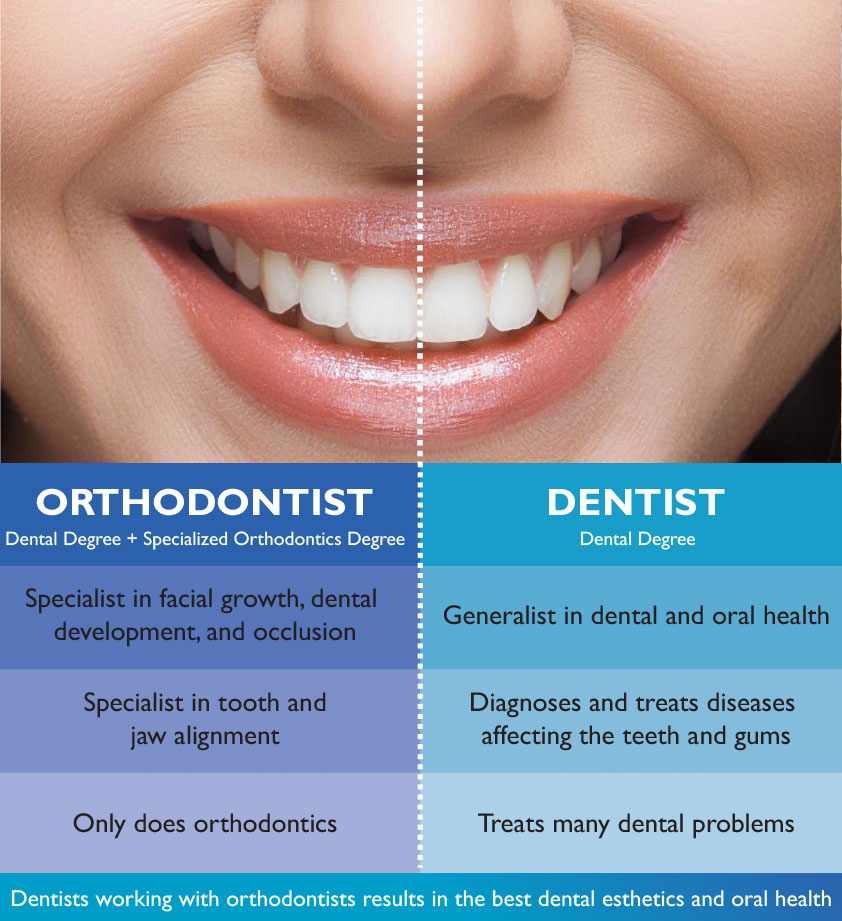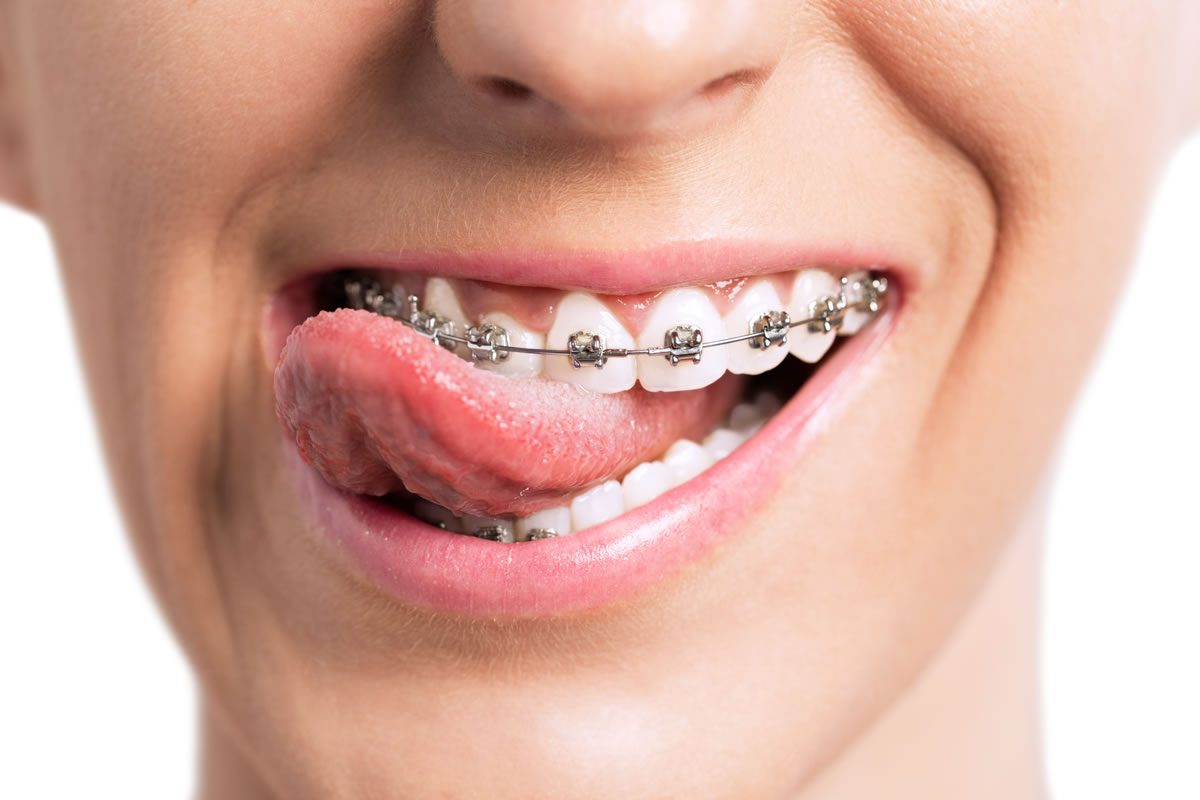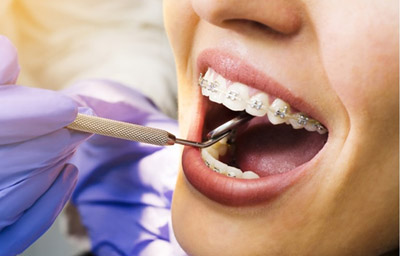The Best Strategy To Use For Causey Orthodontics
Table of ContentsCausey Orthodontics Fundamentals ExplainedAbout Causey OrthodonticsThe Ultimate Guide To Causey OrthodonticsNot known Details About Causey Orthodontics Some Known Factual Statements About Causey Orthodontics
Ignoring occlusal partnerships, it was regular to get rid of teeth for a variety of dental issues, such as malalignment or overcrowding. The principle of an intact teeth was not widely valued in those days, making bite connections seem irrelevant. In the late 1800s, the idea of occlusion was vital for creating dependable prosthetic substitute teeth.As these concepts of prosthetic occlusion proceeded, it ended up being a vital device for dentistry. It was in 1890 that the job and effect of Dr. Edwards H. Angle started to be felt, with his contribution to modern-day orthodontics particularly significant. At first concentrated on prosthodontics, he taught in Pennsylvania and Minnesota before guiding his focus towards dental occlusion and the therapies needed to keep it as a normal condition, therefore coming to be referred to as the "daddy of modern-day orthodontics".

The principle of suitable occlusion, as postulated by Angle and incorporated into a classification system, made it possible for a shift towards dealing with malocclusion, which is any type of discrepancy from normal occlusion. Having a complete set of teeth on both arches was highly looked for after in orthodontic treatment as a result of the requirement for precise relationships in between them.
Some Known Facts About Causey Orthodontics.
As occlusion came to be the key priority, face proportions and visual appeals were neglected - best orthodontist. To achieve excellent occlusals without using outside pressures, Angle proposed that having ideal occlusion was the most effective means to gain optimal face visual appeals. With the death of time, it came to be fairly noticeable that even a remarkable occlusion was not appropriate when taken into consideration from an aesthetic viewpoint
Charles Tweed in America and Raymond Begg in Australia (who both studied under Angle) re-introduced dental care extraction into orthodontics during the 1940s and 1950s so they could improve facial esthetics while likewise making sure much better stability worrying occlusal partnerships. In the postwar duration, cephalometric radiography begun to be utilized by orthodontists for measuring modifications in tooth and jaw setting triggered by growth and treatment. It came to be evident that orthodontic therapy can adjust mandibular advancement, resulting in the development of useful jaw orthopedics in Europe and extraoral force steps in the US. Nowadays, both useful appliances and extraoral devices are used around the world with the objective of amending growth patterns and kinds. Seeking true, or at the very least enhanced, jaw relationships had actually ended up being the main purpose of treatment by the mid-20th century.
3 Simple Techniques For Causey Orthodontics
 Until the mid-1970s, dental braces were made by covering metal around each tooth. https://www.bpublic.com/united-states/gainesville/health-beauty/causey-orthodontics-37789., it came to be feasible to rather bond metal brackets to the teeth.
Until the mid-1970s, dental braces were made by covering metal around each tooth. https://www.bpublic.com/united-states/gainesville/health-beauty/causey-orthodontics-37789., it came to be feasible to rather bond metal brackets to the teeth.Andrews provided an informative interpretation of the ideal occlusion in irreversible teeth. This has had meaningful impacts on orthodontic treatments that are provided regularly, and these are: 1. Appropriate interarchal connections 2. Right crown angulation (idea) 3. Proper crown disposition (torque) 4. No rotations 5. Limited contact factors 6. Apartment Contour of Spee (0.02.5 mm), and based upon these principles, he found a treatment system called the straight-wire appliance system, or the pre-adjusted edgewise system.
The advantage of the layout hinges on its brace and archwire combination, which requires just very little cord flexing from the orthodontist or clinician (orthodontist services). It's appropriately named after this feature: the angle of the port and thickness of the bracket base inevitably figure out where each tooth is situated with little demand for additional manipulation
3 Easy Facts About Causey Orthodontics Shown
Both of these systems used similar braces for every tooth and demanded the bending of an archwire in three planes for situating teeth in their desired settings, with these bends determining supreme placements. When it comes to orthodontic devices, they are divided into 2 kinds: detachable and repaired. Detachable appliances can be handled and off by the person as required.

Therefore, mostly all modern set home appliances can be considered variations on this edgewise appliance system. Early 20th-century orthodontist Edward Angle made a major contribution to the globe of dentistry. He developed four distinctive appliance systems that have actually been made use of as the basis for lots of orthodontic treatments today, preventing a few exceptions.
See This Report on Causey Orthodontics

The cord ended in a thread, and to relocate it forward, a flexible nut was utilized, which permitted a rise in circumference. By ligation, each specific tooth was affixed to this expansive archwire (orthodontist services). As a result of its minimal series of motion, Angle was not able to accomplish exact tooth placing with an E-arch
These tubes held a firm pin, which might be repositioned at each appointment in order to move them in position. Called the "bone-growing home appliance", this device was theorized to encourage healthier bone development because of its potential for moving force straight to the roots. Executing it confirmed problematic in fact.